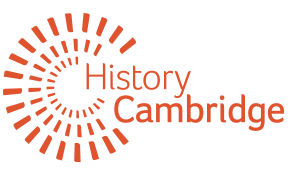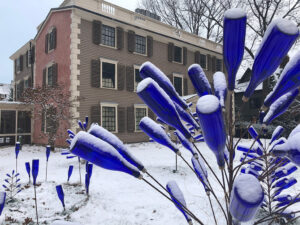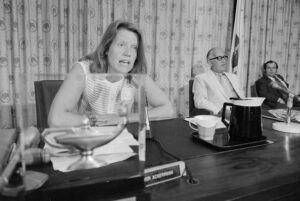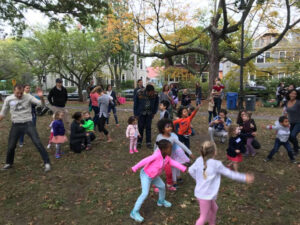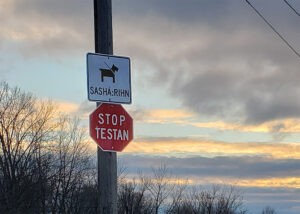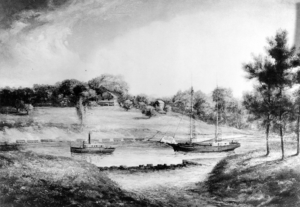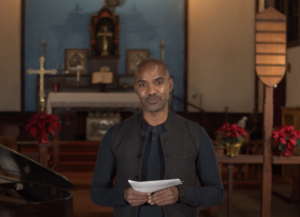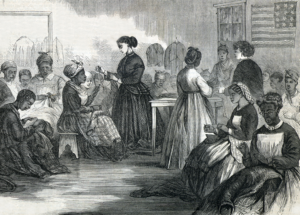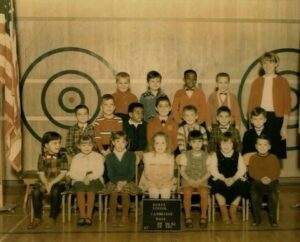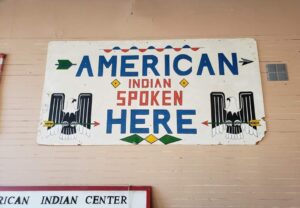Art installation ‘Forgotten Souls of Tory Row’ coming down, presence of enslaved remains
Visitors are welcomed to the Hooper-Lee-Nichols House for the final week of “Forgotten Souls,” to be removed April 7 as its installation comes to a close.
Read MoreHistory Hub has stories of women to celebrate changing Cambridge since Battle of Bunker Hill
As this Women’s History Month draws to a close, History Cambridge invites you to learn more about some of the women who have had an impact on the community and to think about stories that haven’t yet been told.
Read MoreThe Tot Lot child care nears a 50th anniversary with the same cooperative model from its birth
Tot Lot was the first child care center in 1970s working-class Cambridgeport, and was designed to have parents working in the classrooms alongside the teachers.
Read MoreGrowing up in Cambridgeport has been idyllic, but Gen Zers see the area changing around them
Neither Nora Sokolovska nor Katrina Pallais can imagine a better place to grow up than Cambridgeport. And the 17-year-olds don’t just mean in comparison to other Cambridge neighborhoods. They mean on the face of the earth.
Read MoreYou live in Anmoughcawgen
For millennia before this area became known as Cambridge, it was called Anmoughcawgen – in the Algonquin Natick dialect, “fishing weir” or “beaver dam,” which described the neighborhoods from Alewife to Kendall/MIT. A Participatory Budgeting project will return traditional Eastern Woodland languages to city property.
Read MoreThe War of 1812 sank trade in Cambridgeport, risking good livings at sea for Black residents
The military and diplomatic skirmishes of the early 19th century created greater opportunities for Black sailors, as shipowners and captains took any able-bodied men they could find, regardless of race.
Read MoreBlack History in Action for Cambridgeport’s revival of St. Augustine’s Church honors a lengthy legacy
As the Cambridgeport neighborhood grew and changed over decades and many Black residents were displaced, St. Augustine’s had a period of disrepair.
Read MoreRediscovering the Howard Industrial School: Freedom, Work, and Black Womanhood in Nineteenth-Century Cambridge
Above Image: An artist’s impression of a Freedmen’s Bureau Industrial School in 1866. (Image via House Divided: The Civil War Research Engine at Dickinson College) By Beth Folsom, 2023 By the time of the Civil War, enslavement had been illegal under Massachusetts law for almost eight decades. But the end of formal enslavement for Black…
Read MoreGrowing up in Cambridgeport was unforgettable for Louis Fenerlis, the child of Greek immigrants
Louis Fenerlis, of Louie’s Haircuts in Boston, considers himself to be a proud product of Cambridgeport. When his family moved during during his first year in high school, he says he never adjusted to the new town.
Read MoreWe’re searching for the Indigenous voices of Cambridge
How did you learn about Native American/American Indian people? Your experiences and memories will be helpful primary source material for our scholars.
Read More